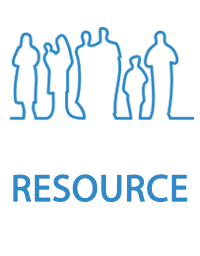IASC (2008-12) OPERATIONAL GUIDANCE ON RESPONSIBILITIES OF CLUSTER/SECTOR LEADS & OCHA IN INFORMATION MANAGEMENT
Section: Whole document (pp1-4) Local link | no link | Web link 2
Thi document helps to "ensure that relevant information related to a humanitarian emergency is provided to the right person at the right time in a usable form to facilitate situational understanding and decision-making."
IOM (2011-05) DATA TRACKING MATRIX (DTM) STRATEGY - VERSION 2.0 (HAITI)
Section: Whole document (pp1-7) Local link | Web link 1 | Web link 2
Example of DTM strategy. Building on initial strategy of collecting basic site data and registration data, the second version of the strategy involves more concise surveys with a focus on obtaining information on population movements away from/between sites.
THE GLOBAL NUTRITION CLUSTER (2013-01) NUTRITION CLUSTER HANDBOOK: A PRACTICAL GUIDE TO COUNTRY-LEVEL ACTION
Section: Chapter 3 - Information Management (pp91-132) Local link | Web link 1 | Web link 2
Sections: 3.1, 3.2 and 3.5 can largely be applied to all Clusters in terms of Information Management requirements and issues. Also includes detail on OCHA's role in Information Management. See also "Annex 4 - Summary tips for information management (IM)" (p405, pdf page 419)
UNHCR (2013-02) EMERGENCY INFORMATION MANAGEMENT TOOLKIT
Section: 10 Minimum Sectoral Data: B. Shelter and Settlement (pp51-55) Local link | Web link 1 | Web link 2
This is the initial pdf version of the handbook, but the handbook is intended to tbe accessed online at http://data.unhcr.org/imtoolkit/ . The handbook is very clearly aimed at UNHCR staff, but some of the tools/templates may be useful for Information Management within CCCM. The website includes more general information on activities such as creating infographics.

